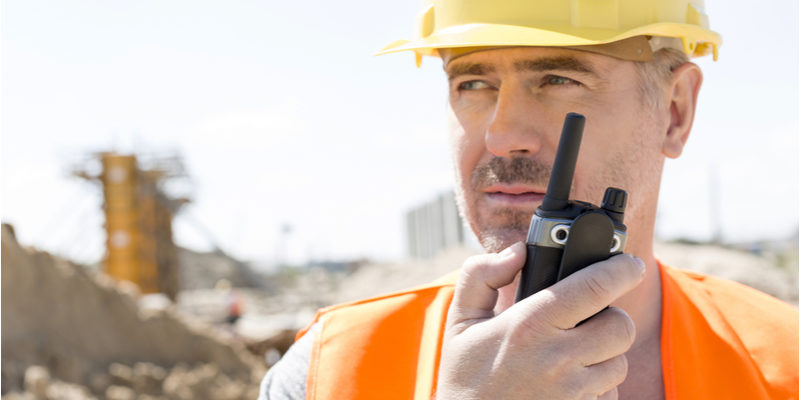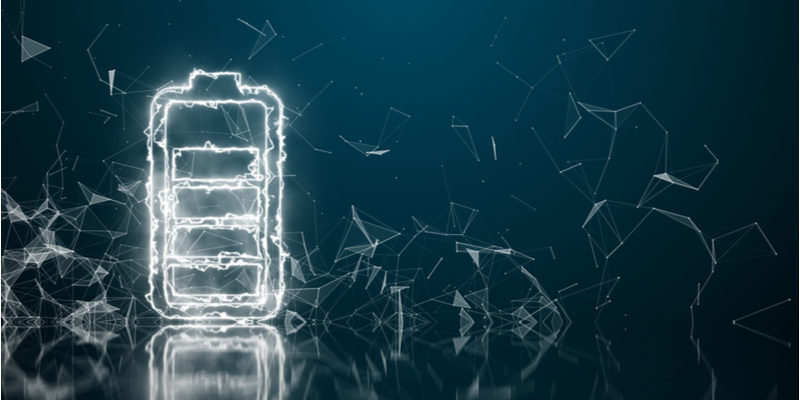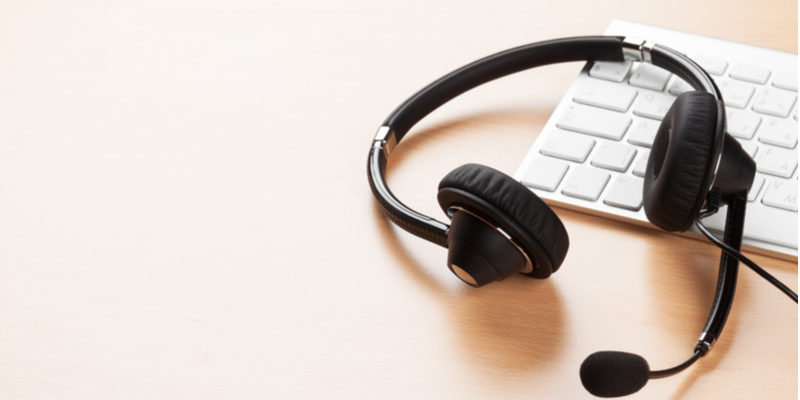Here at Highland Wireless, we specialize in many different on-site radio communications. To have effective communication throughout your worksite, you should consider getting a 3D design for your antenna systems. Below, we will cover all you need to know on this topic.
What are DAS Systems & Why Use a 3D Design?
Distributed Antenna Systems, or DAS for short, include the placement of antennas in specialized locations throughout a building to increase reliability of radio signals. A DAS can be used to increase the signal range. These systems are commonly utilized in large complexes with high attendance like big corporations, stadiums, and hotels. These systems are great for improving overall efficiency and even adding greater safety to a building in case of an emergency.
- Better Signal
3D design is crucial to the reliably of a DAS system. Generating an accurate model of the building we are working with is essential to overall success. Without a 3D rendering, we would be unable to properly account for height, inclined surfaces, and so on. For the facilities that we typically work with, having a 3D rendering allows us to visually account for how the strategy will play out when completed.
- Aesthetic Benefits
Another reason to include a 3D design is aesthetics. When working with clients, it is crucial to be on the same page of what you want your design to look like in the end. In many industries, the technical and functional side of things tends to overlook aesthetics. Therefore, creating a 3D design allows us to maximize all areas for our clients.
- Maximum RF Performance
Have a specific building material that you want us to match? Need the job to be as inconspicuous as possible? No matter what you are looking for, we will do our best to work within these parameters. We ensure maximum RF performance while keeping the aesthetics of your building in mind by carefully selecting appropriate supplies and providing the best antenna placement options.
- Ensuring Your System’s Success
Using 3D design can let us know where we need to double back and check if there will be interfering signals. Anywhere on your site with a large number of signals has the potential to interfere with the system’s effectiveness. With our 3D design, we get a clear idea of where antennas might excel, and where they might not work the best. From there, we will be able to place them in the best spots to maximize your budget and benefit our strategy.
- Can Be Planned Before Completing Your Building
Working collaboratively is critical to a successful relationship, and we want you to feel happy with the result. Working with you every step of the way from the preliminary site walk to the closeout documentation, you can rest assured that our Distributed Antenna Systems are perfect for your facility. Even if your building has yet to be constructed, we still offer an estimate and outline of our services based on floor plans.
Where to Find DAS Design Services
Highland Wireless specializes in DAS Design and Engineering. By partnering with iBwave-certified engineers, we create systems for our clients that are effective and efficient. Whether a client is looking for increased coverage or increased capacity, we create a specialized project strategy.
Our design plan is unique for each client, which means no consultation will be the same. What remains consistent is our drive to find the best cost-effective materials and equipment. Our mission to maximize the performance of a DAS, and our dedication to finish your project within a specified timeline.
To schedule a conference call about in-building DAS Design and Engineering with Highland Wireless, be sure to contact us today!





